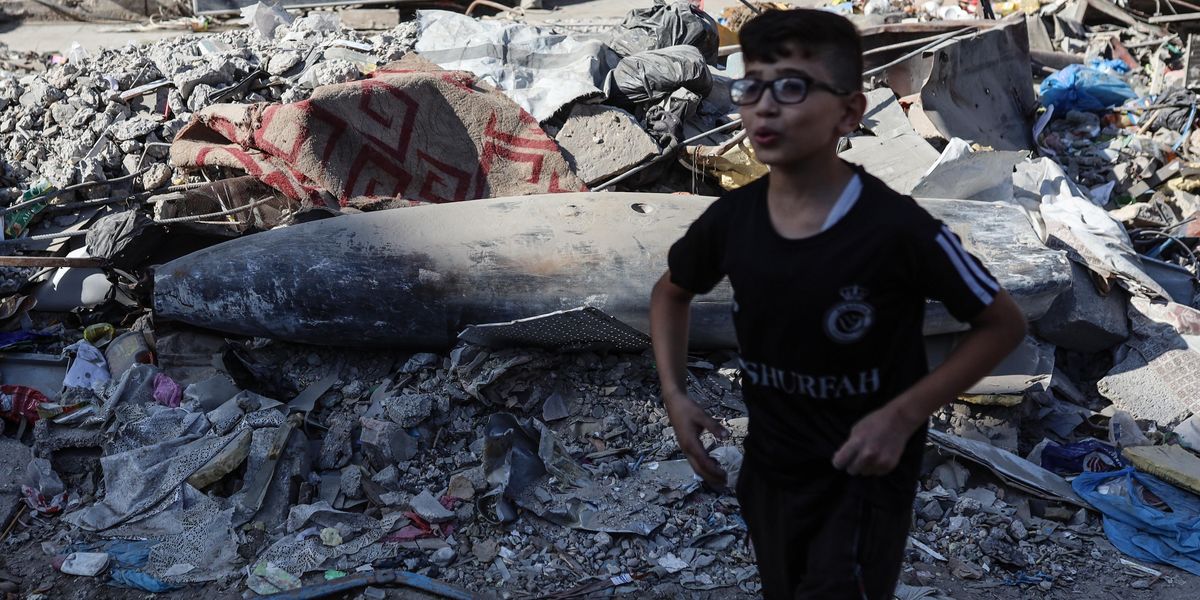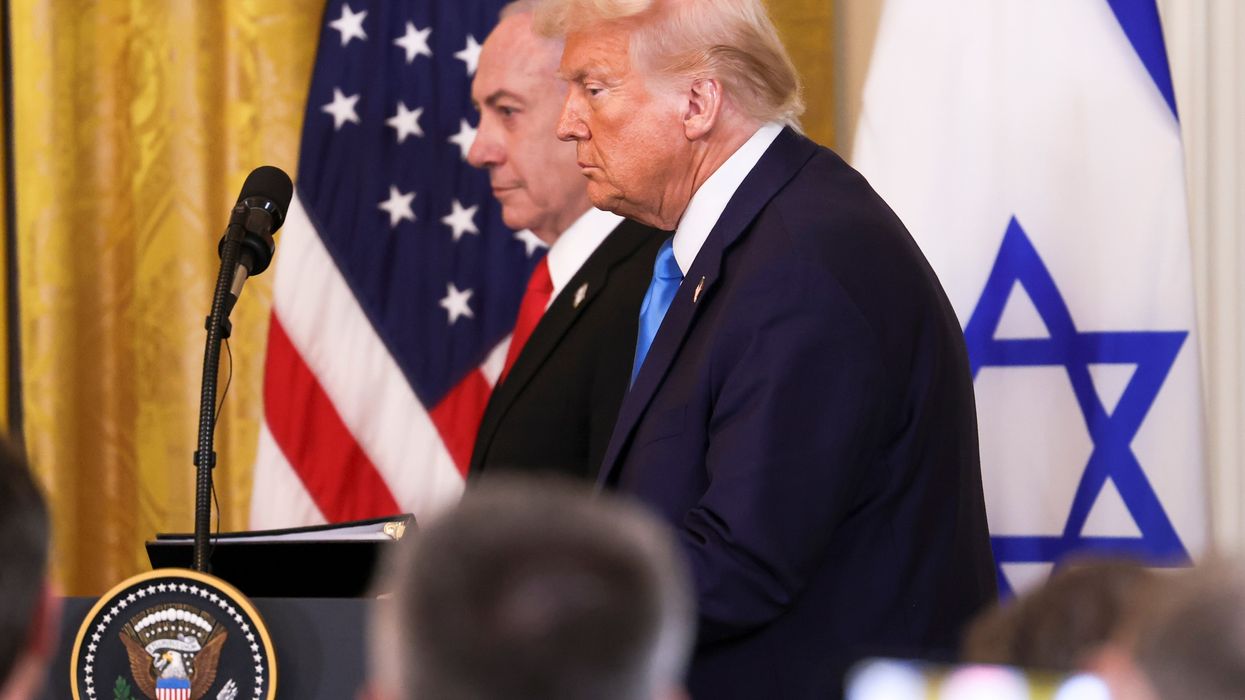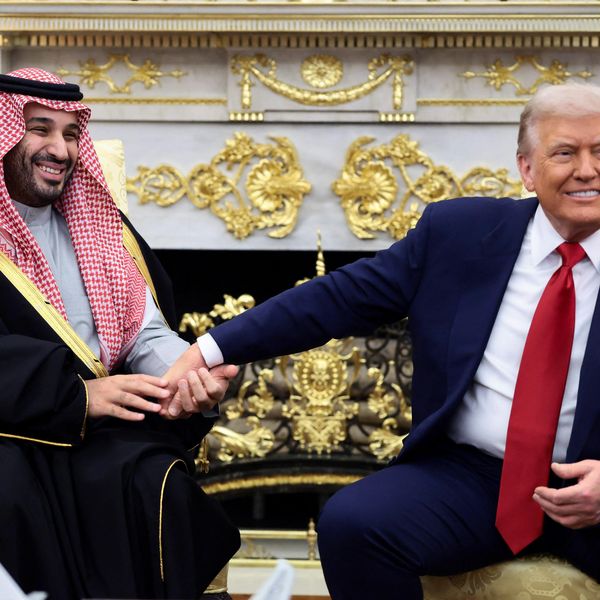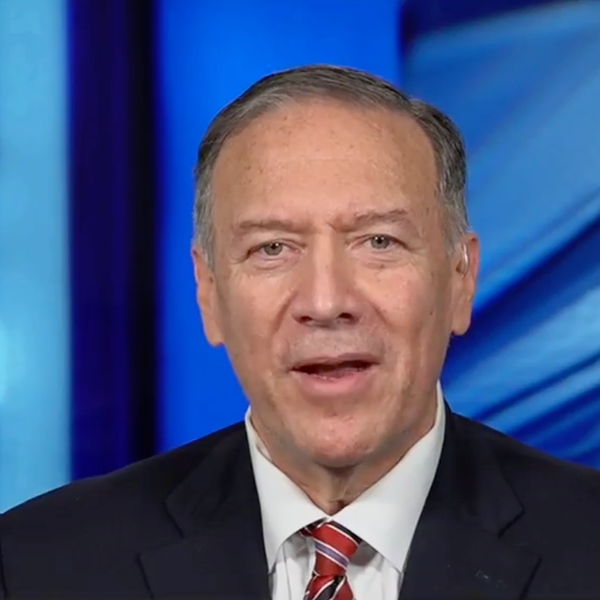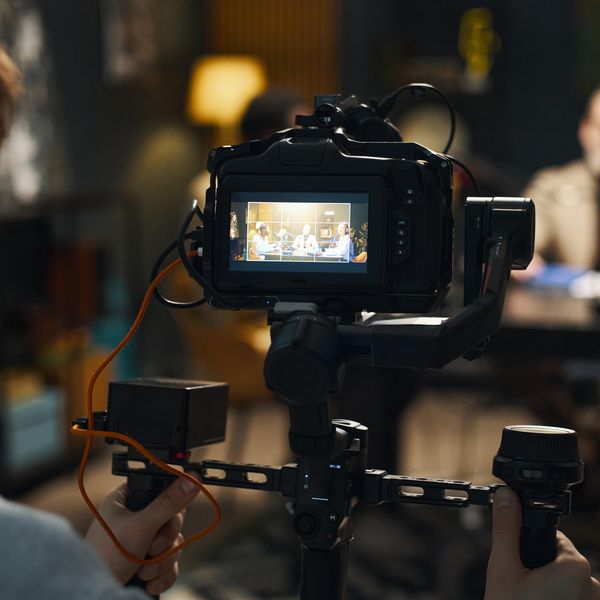Even a limited pause in the unspeakable suffering that residents of the Gaza Strip have endured for two years is welcome, and thus it is unsurprising that the deal on Gaza that was reached in early October was widely and mistakenly termed a “peace agreement.”
The deal was instead a prisoner exchange and limited ceasefire. It came about because the slaughter and starvation of Gazans had gone so far that Hamas was willing to give up its scant leverage in the form of the remaining Israeli hostages. With their release, Israeli Prime Minister Benjamin Netanyahu removed the main immediate domestic source of opposition to his policies, while the Israeli Defense Forces (IDF) got a needed break before resuming operations.
No agreement appears close to being reached on most of President Trump’s 20-point “peace plan.” Even less attention is being given to the fundamental causes of the decades-old Israeli-Palestinian violence, which involve Israel’s territorial aggrandizement and denial of Palestinian self-determination.
Now even the ceasefire is falling apart, less than a month after it began. This also is unsurprising, given that Israel has shown no sign of abandoning objectives that involve the subjugation or elimination of Palestinians and that it has pursued largely through armed force. Right-wing extremists in Netanyahu’s government favor a continued war. Netanyahu probably assured the extremists, as he has done in the past, that the ceasefire would not last.
In March, Israel ended an earlier ceasefire, thereby violating an agreement reached in January and precluding its full implementation. Despite this record, Trump has directed all his threats against Hamas, saying that Israel “should hit back” if its troops are attacked and that Hamas will be “terminated” if it does not “behave.”
That such threats are mostly misdirected is due not only to the record of who has broken ceasefires but also to each side’s incentives. Hamas has nothing to gain and more to lose from a resumption of the slaughter and starvation in Gaza—which, in addition to the suffering of Gazans, erodes its popular support.
A principal accusation against Hamas regarding observance of the terms of the ceasefire is its failure to return more bodies of deceased Israeli hostages. Given the rubble that now covers most of the Gaza Strip and thousands of other bodies, Hamas’s explanation of the difficulty of finding and recovering the Israeli bodies, especially without heavy equipment, is entirely plausible.
Hamas’s agreement to the most recent prisoner exchange reflected its assessment that whatever leverage the Israeli hostages may have represented was not preventing Israel from continuing its deadly assault. What could not be accomplished with live hostages is unlikely to be achieved with dead ones.
This week Israel “enforced” the ceasefire by committing the largest violation yet, resuming airstrikes, with a wave Wednesday that killed 104 Palestinians, 46 of them children. Some 200 Gazans have been killed since the two sides agreed to halt the fighting.
Israel says the initial strikes were in response to a shooting incident at Rafah in which one Israeli soldier was killed. Hamas says it was not involved in the shooting. Even under the Israeli version of the event, the kill ratio of “enforcement” to the incident to which the enforcement supposedly was a response was greater than 100-to-one.
The present situation of continued killing amid a supposed “peace agreement” is another chapter in the long story of Israel pocketing immediate gains while forever denying Palestinians either peace or human rights by making ostensibly temporary arrangements permanent. With the Camp David Accords of 1978, Israel got its sought-after peace treaty with Egypt while not implementing the portion of the accords involving Palestinian self-determination. With the Oslo Agreement of 1993, Israel got full recognition by the Palestine Liberation Organization, after which the supposedly transitional Palestinian Authority evolved not into a Palestinian state but instead into an auxiliary to the IDF in administering the Israeli occupation of the West Bank.
Now, Israel has gotten its hostages back while conceding nothing regarding Palestinian rights, not losing the ability to resume military assaults in the Gaza Strip, and not withdrawing from the entire Strip.
This time, the supposedly temporary arrangement that may become permanent involves the “yellow line,” behind which Israel has pulled its forces while still occupying slightly more than half of the Gaza Strip. Expect the yellow line to become in the months ahead a more significant boundary than the green line—which was part of the border of Israel before Israel initiated the 1967 war and which Israel has progressively erased through its de facto annexation of the West Bank.
Israeli forces already are digging in along the yellow line, establishing fortifications and building infrastructure on its side of the line that will not serve the vast majority of Gazans, who are confined to the other side.
The plan of Israel and the Trump administration, as implicitly revealed by Vice President JD Vance and Trump son-in-law Jared Kushner during a press conference in Israel, is to set up a contrast between two parts of the Gaza Strip, confining reconstruction to the Israeli-controlled side of the yellow line while leaving most surviving Gazans in misery in a space that is even more crowded than before the Strip was split in two.
The point such an arrangement will make is a continuation of Israel’s longtime contention that the problems of Gaza began only after Israel withdrew its settlements in 2005 and that any space in which Hamas has a governing role is sure to be miserable.
Ostensibly this arrangement is temporary, until Hamas is disarmed and removed from any governing role. With no incentives for Hamas to essentially abolish itself in this way, the temporary is likely to continue indefinitely.
Meanwhile, the Trump administration is having difficulty recruiting contributors to the international security force envisioned in the 20-point plan. Arab states are especially resistant to getting involved in a situation in which they not only may be caught in the middle of an unresolved conflict but may be seen as doing Israel’s dirty work in confronting Hamas.
Without such a force in place, Israel is likely to carry out additional “enforcement” actions itself. It is likely to have Trump’s support in doing so, based on his posture regarding the most recent lethal Israeli attacks.
The situation in Gaza for the time being, and perhaps for months and beyond, thus continues to be grim. Most Gazans will still live in an open-air prison, only one that is less than half the size of the one they lived in before. Israeli bombs will periodically continue to fall, similar to the “mowing the grass” Israel has performed in Gaza in the past and that it performs today in Lebanon. And true peace for Israelis and Palestinians will be as far away as ever.
